Introduction
Have you ever wished to create a living space that evokes a sense of tranquility and harmony? A place where Scandinavian simplicity meets the Zen ethos? Look no further than Japandi, the interior design style that seamlessly blends the best of both worlds. In this article, we will unravel the secrets of Japandi, guiding you through the art of crafting a Zen-inspired Scandinavian home. From understanding the fusion of Zen and Scandinavian influences to embracing natural materials, neutral colors, and minimalist furniture, you’ll discover how to transform your living space into a serene sanctuary, promoting calm and serenity. Join us as we journey through the elements of Japandi, and unlock the keys to an oasis of peace in your own home.
Understanding Japandi design: The Fusion of Zen and Scandinavian Influences
To truly grasp the essence of Japandi, it is important to delve into the fusion of Zen and Scandinavian influences that define this unique interior design style. By combining the simplicity and minimalism of Scandinavian design with the harmonious and mindful principles of Zen, Japandi creates a balanced and serene living space.
Drawing from Scandinavian design, Japandi embraces the clean lines and functional aspects that have made this style so popular. Scandinavian design emphasizes simplicity, functionality, and the use of natural materials. It is characterized by its minimalistic approach, with furniture and decor that are practical and aesthetically pleasing.
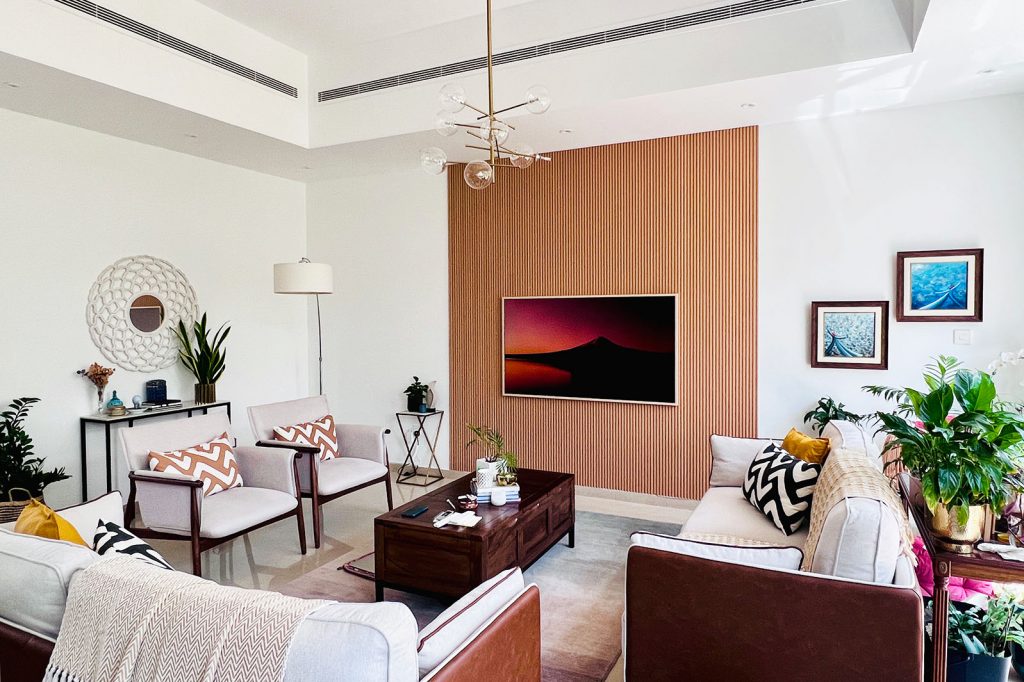
On the other hand, Zen principles focus on creating a peaceful and calming environment. Borrowing from the Zen philosophy, Japandi aims to create spaces that foster tranquility and mindfulness. This is achieved through the use of neutral colors, natural materials, and a sense of balance and harmony in the overall design.
By blending these two aesthetics together, Japandi creates a unique and cohesive look that promotes a sense of calm and serenity in your home. The fusion of Zen and Scandinavian influences allows for a harmonious coexistence of functionality and mindfulness, resulting in a living space that is not only visually appealing but also emotionally soothing.
In the following section, we will explore one of the key elements of Japandi design: embracing natural materials. By incorporating organic elements into your home, you can bring the beauty of nature indoors, further enhancing the tranquility and connection to the surroundings.
Blending Minimalism in Japandi design with Natural Elements
Blending minimalism with natural elements is another key aspect of Japandi design that seamlessly complements the Scandinavian aesthetic. By combining the simplicity of minimalism with the warmth and organic textures of nature, you can create a truly harmonious and soothing space.
In Japandi design, the idea is not to overcrowd the room with unnecessary clutter or excessive ornamentation. Instead, it encourages a streamlined approach that focuses on clean lines and functional pieces. To infuse your Scandinavian home with this mindset, aim for furniture that is sleek and practical, with a minimalistic design that allows natural materials to take center stage.
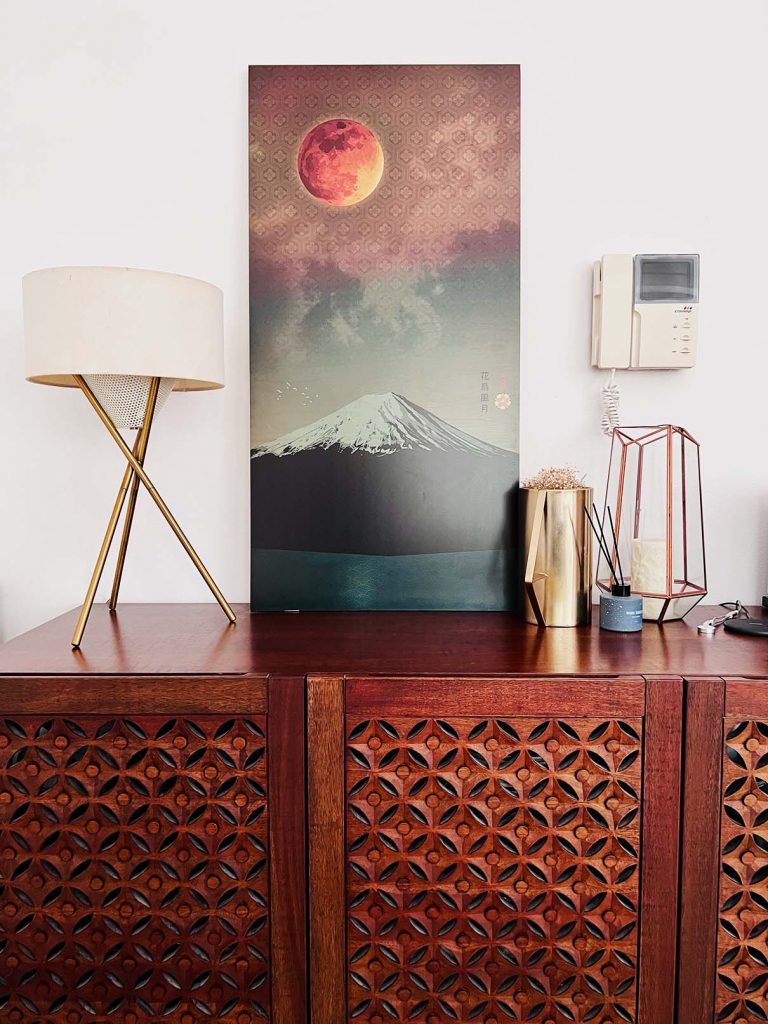
Natural elements such as wood, bamboo, and rattan can greatly contribute to the overall Japandi feel. Incorporate these materials into your furniture choices, whether it’s a wooden dining table or a rattan bookshelf. The combination of minimalist aesthetics and natural textures will add depth and character to your space, while maintaining a sense of simplicity and tranquility.
Additionally, consider introducing natural accents through accessories and decor. A strategically placed potted plant or a vase filled with fresh flowers can instantly breathe life into a room. Displaying rocks or pebbles in a small bowl can create a Zen-like atmosphere, while a tabletop water feature can bring a soothing sense of calmness. These subtle yet impactful touches will further enhance the Japandi style in your Scandinavian home.
By blending minimalism with natural elements, you can achieve the perfect balance between simplicity and warmth in your Scandinavian home. The next section will delve deeper into the importance of embracing neutral color palettes, which is another essential element of Japandi design.
Neutral Colors in Japandi design: Creating a Calming and Balanced Environment
By incorporating natural accents and embracing a minimalist mindset, you can create a harmonious blend of Scandinavian and Japanese design in your home. However, one crucial element that cannot be overlooked is the use of neutral color palettes. These muted tones are essential in achieving the serene and peaceful ambiance that defines Japandi interiors.
Neutral colors such as white, beige, gray, and soft earthy tones form the foundation of a Japandi-inspired space. These hues provide a calming backdrop and allow the natural elements and textures to take center stage. Opting for a neutral color palette not only adds a sense of tranquility but also creates a seamless flow between the Scandinavian and Japanese design aesthetics.
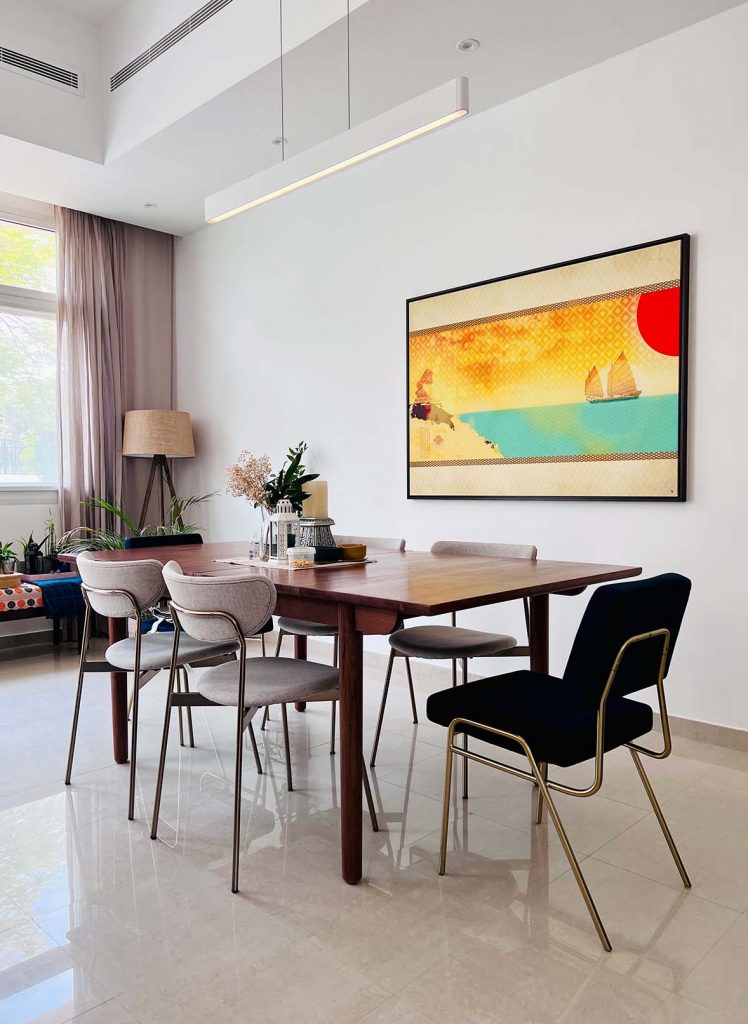
When selecting colors for your Japandi home, focus on creating a palette that is cohesive and balanced. Choose shades that evoke a sense of serenity and simplicity, avoiding any loud or overly bright hues. Soft whites and warm grays can bring a subtle elegance to your walls, while earthy beiges and muted pastels can add a touch of warmth and comfort.
To further enhance the Japandi style, consider incorporating different shades and textures within your neutral color palette. Layering lighter and darker tones of the same color can add depth and dimension to your space. Experiment with various materials such as natural wood, woven textiles, and stone-inspired finishes to create visual interest and tactile appeal.
By embracing neutral color palettes, you can create a soothing and balanced environment that seamlessly merges Scandinavian and Japanese design principles. These understated hues lay the foundation for the next section, where we will explore how to strike the perfect balance between furniture and accessories within the Japandi style.
Furniture and Accessories: Striking the Balance
To further enhance the Japandi style, consider incorporating different shades and textures within your neutral color palette. Layering lighter and darker tones of the same color can add depth and dimension to your space. Experiment with various materials such as natural wood, woven textiles, and stone-inspired finishes to create visual interest and tactile appeal.
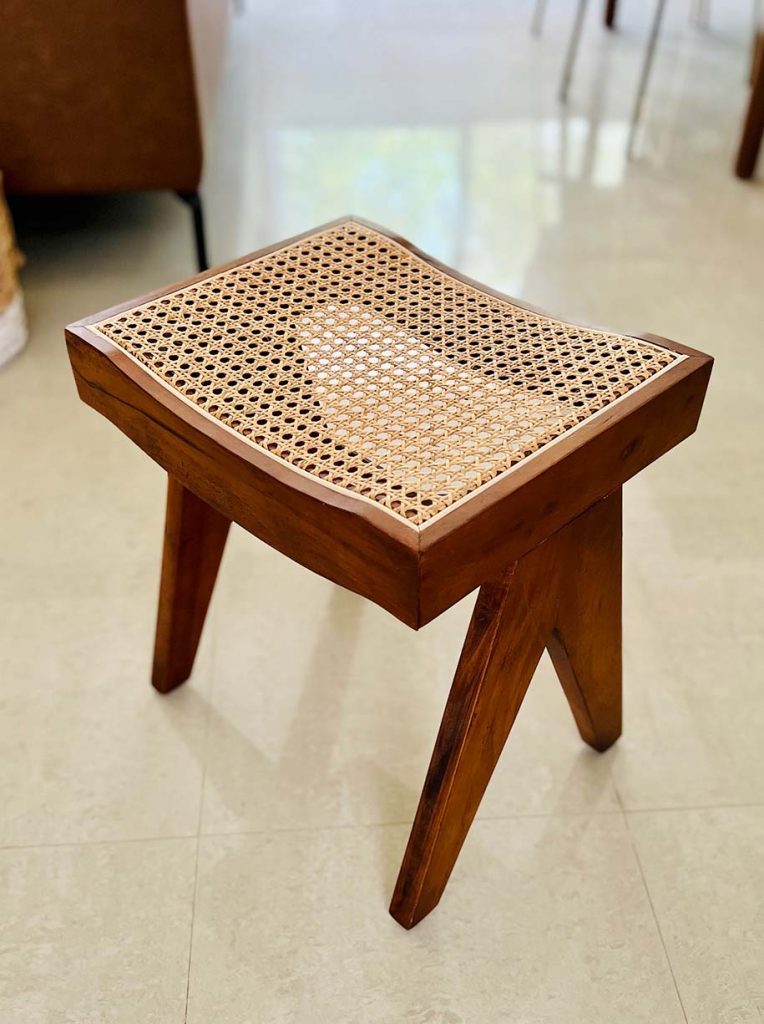
By embracing neutral color palettes, you can create a soothing and balanced environment that seamlessly merges Scandinavian and Japanese design principles. These understated hues lay the foundation for the next section, where we will explore how to strike the perfect balance between furniture and accessories within the Japandi style.
When it comes to furniture and accessories in the Japandi style, the key is striking the right balance between simplicity and functionality. Choose pieces that are minimalist in design yet serve a purpose in your everyday life. Look for clean lines, organic shapes, and a combination of natural materials.

In terms of furniture, opt for sleek and streamlined pieces that reflect the simplicity of Scandinavian design. Consider investing in a minimalistic dining table made of light-toned wood, paired with low profile chairs adorned with woven seat cushions. Incorporating a Japanese-inspired low coffee table in your living room can add a touch of Zen to the space.
Accessories should be kept to a minimum, but those that are chosen should make a statement. Select a few carefully curated pieces that reflect the tranquility and harmony of both Scandinavian and Japanese aesthetics. A Japanese ceramic vase with a simple arrangement of flowers can be the perfect focal point on a sideboard. A Scandinavian-inspired pendant light with a clean design can add a touch of modernism to your space.
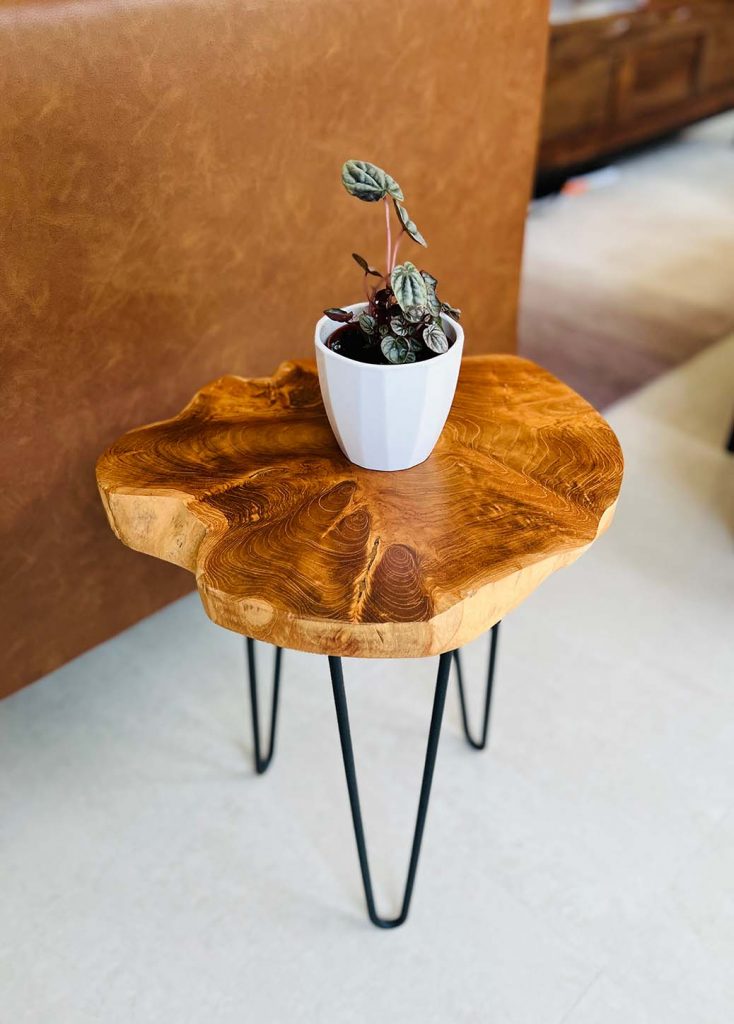
Another way of accentuating the Japandi style is through the addition of Japanese art prints, whether abstract or based on the famous woodblock print style, also known as ukiyo-e.
Remember, in the Japandi style, less is more. Avoid cluttering your home with excessive furniture or accessories. Each item should be intentional and purposeful, contributing to the overall sense of calm and balance.
With a thoughtful selection of furniture and accessories, you can create a space that embodies the essence of Japandi design. In the next section, we will explore how to bring nature indoors with Scandinavian-Japanese decor, further enhancing the tranquility and serenity of your home.
Bringing Nature Indoors with Scandinavian-Japanese Decor
With a mindful composition of furniture and accessories, you can effortlessly infuse your Scandinavian home with the serenity of Japanese design. By incorporating elements of nature, you can enhance the tranquil atmosphere and create a space that promotes calmness and mindfulness.
One way to bring nature indoors is by incorporating natural materials into your decor. Opt for furniture and accessories made from wood, such as light-toned oak or beech, which are commonly used in both Scandinavian and Japanese design. This not only adds a touch of warmth but also connects your home to the beauty of the natural world.
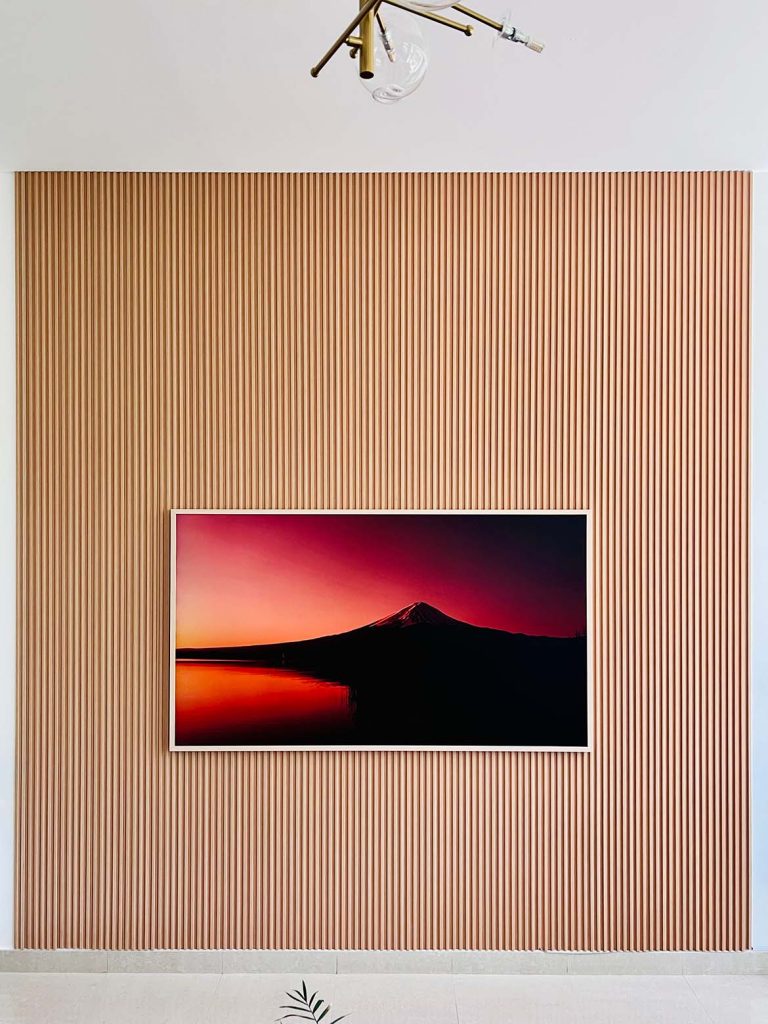
Another way to infuse nature into your space is through the use of indoor plants. Scandinavian design often incorporates greenery to bring life and freshness into the home, while Japanese design embraces the concept of “biophilia” – the innate human connection to nature. Choose low-maintenance plants like a bonsai tree or a peace lily, which not only purify the air but also add a sense of tranquility and harmony to your surroundings.
In addition to incorporating natural materials and plants, consider adding elements that evoke the peacefulness of the outdoors. Soft textiles in earthy tones, such as a cozy wool rug or linen curtains, can create a sense of warmth and comfort reminiscent of a Japanese ryokan or a Scandinavian cabin nestled in the woods.
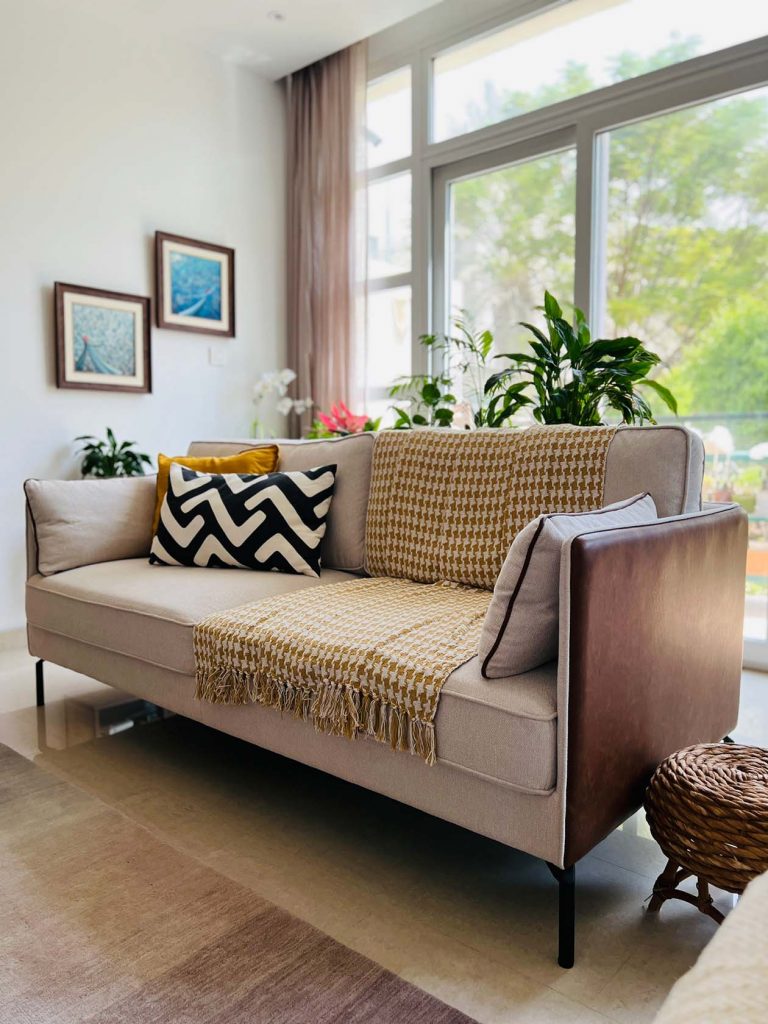
Remember, the key to Scandinavian-Japanese decor is simplicity. Avoid cluttering your space with excessive accessories or unnecessary items. Instead, choose a few carefully curated pieces that represent the harmony between these two design styles. The overall goal is to create a space that promotes mindfulness and allows you to feel connected to nature, even when you are indoors.
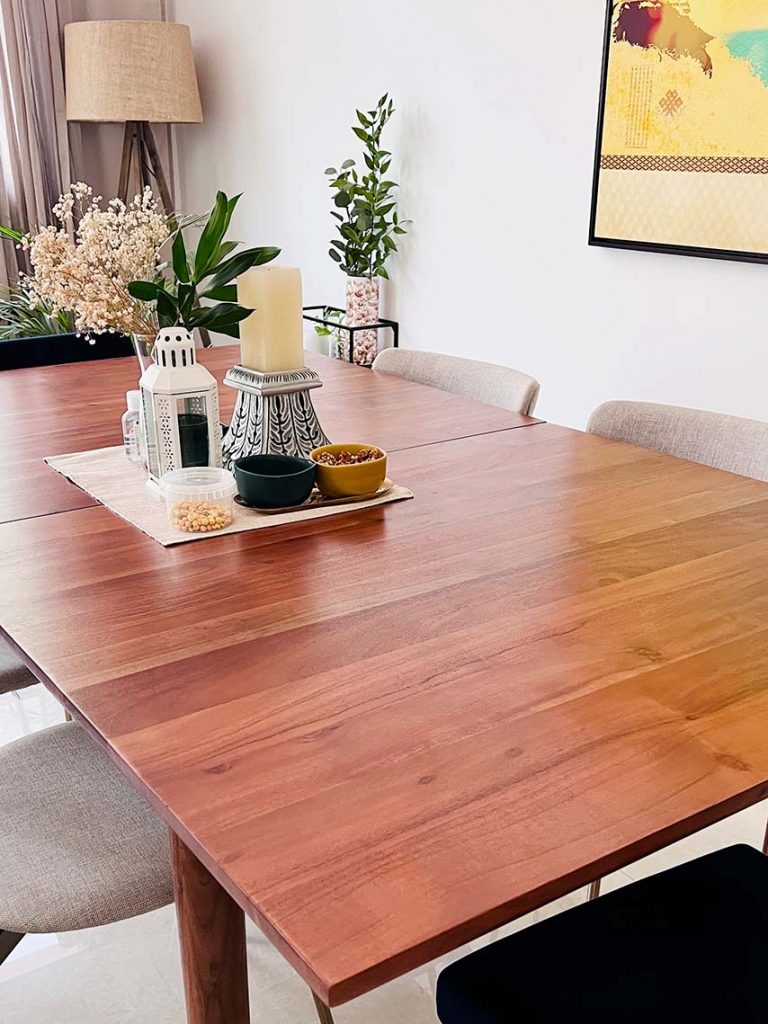
By bringing nature indoors through the use of natural materials, indoor plants, and elements that evoke the outdoors, your Scandinavian home can be transformed into a serene sanctuary. In the next section, we will explore how to further enhance the tranquility and mindfulness of your space by creating serene areas for relaxation and reflection.
Conclusion
Incorporating Japandi design principles into your Scandinavian home can truly transform it into a sanctuary of peace and harmony. By understanding the foundations of Japandi design, blending minimalism with natural elements, embracing neutral color palettes, and striking the perfect balance in furniture and accessories, you can create a Zen-inspired living space that exudes tranquility and style. Bringing nature indoors with Scandinavian-Japanese decor and creating serene spaces for mindfulness will further enhance the serenity and elegance of your home.
Furnishing guide:
- Living room arm chairs and sofas from OC Home Dubai
- Indonesian Dining room console and table lamp from West Elm
- Dining room Acacia wood extendable table and dining chairs from West Elm
- Rattan stool from PAN Emirates
- Center table trunk from Crate and Barrel
- Living room rug from CB2
Interior design by The Art of Zen.
Take the first step towards your own Zen-inspired sanctuary by adding Japandi wall art to accentuate your style.
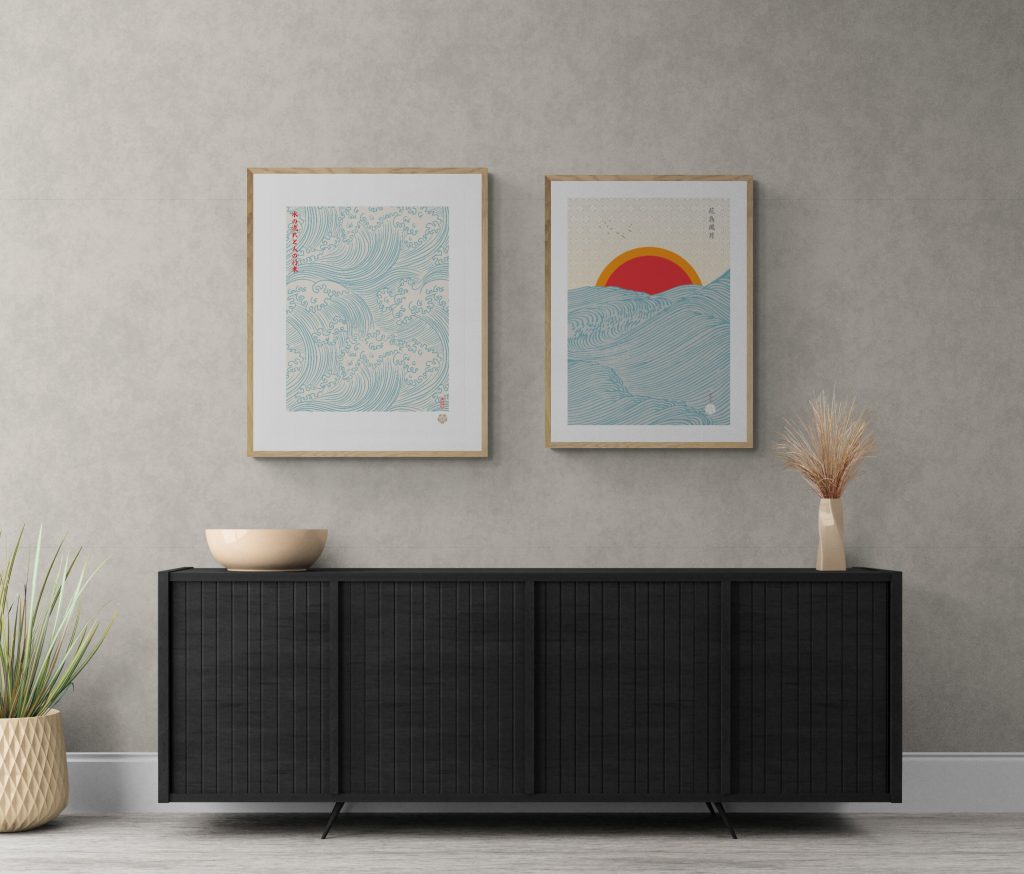
At the Art of Zen we have a wide selection of original Japanese style art prints in the ukiyo-e and Japandi style . Add some zen to your space with some art from the Art of Zen shop.
Photo credit: all image by The Art of Zen, all rights reserved.




0 Comments